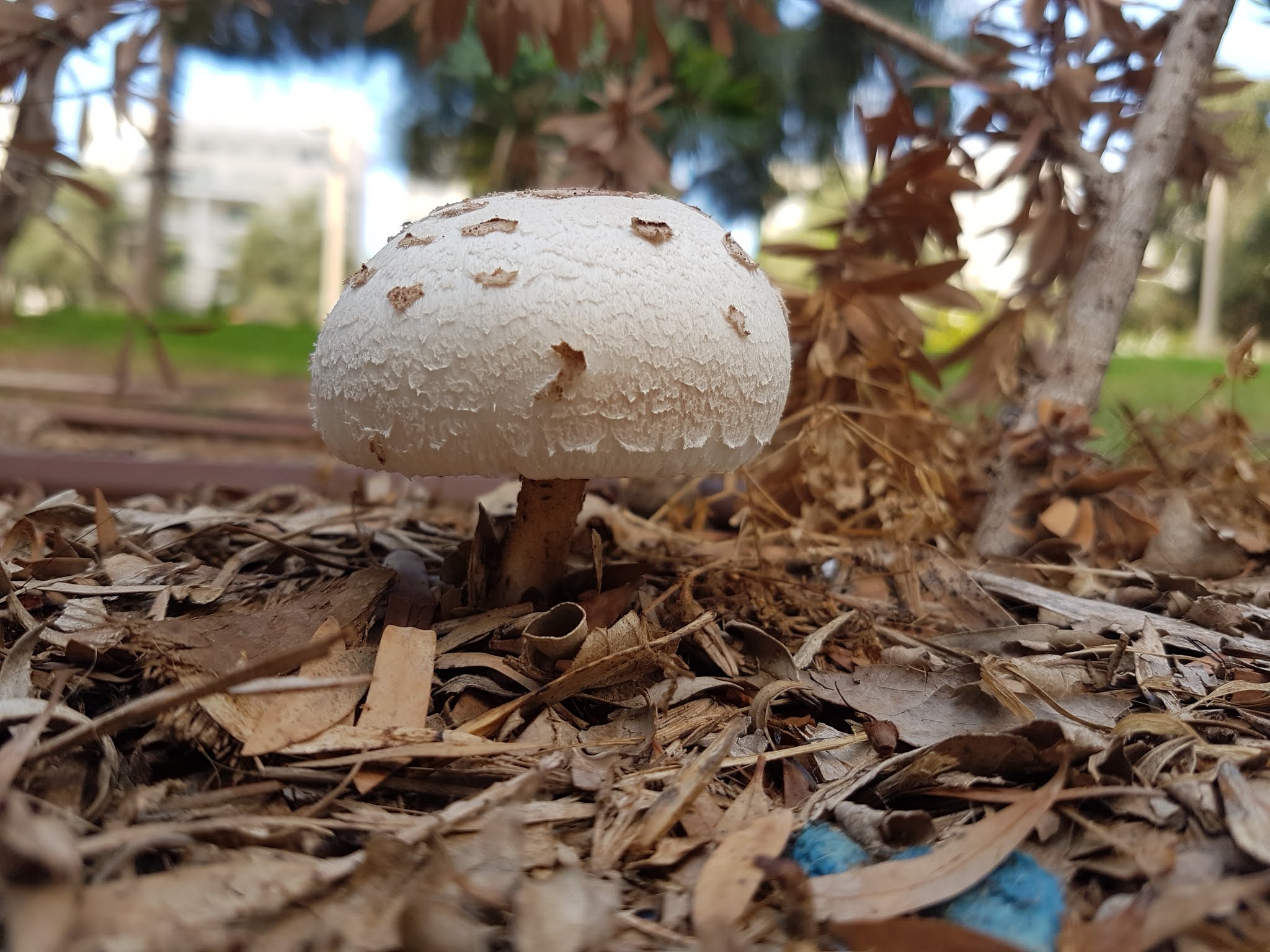The Sea of Galilee is heating up
June 20, 2019Climate Change could render Sea of Galilee unusable in next 30 years, scientist say
There are few places in the world that hold great significance for multiple cultures and religions. The Sea of Galilee, a freshwater lake also referred to as Lake Tiberias and the Kinneret in Hebrew, is one of them. The city of Tiberias is not only one of the holy nine cities that the Jewish scholar Flavius Josephus wrote about, it also once served as a place of sanctuary for the Druze, some of whom still reside in the area, and was the scene of many important episodes in the life of Jesus, including where he gave his sermon on the Mount of Beatitudes.
The Sea of Galilee is also a unique and important body of water in Israel and was previously a major source of viable drinking water for the Israeli population. And although it is no longer the case – the Sea of Galilee still provides just 1-2 percent of Israel’s drinking water, it is still a landmark in Israeli culture and society, and a popular family-friendly destination.
Despite the recent heatwaves, the Sea of Galilee has recently seen rising water levels, with a rainy season that yielded some 3.47 meters (11.4 feet). However, the body of water is also undergoing dramatic changes in water temperature, which is central to the health of its ecosystem.
In a recent study presented at the Annual Conference for Science and the Environment 2019, taking place at Tel Aviv University on June 19-20, scientists found that the expected rise in temperature and intensity of future heatwaves will cause the waters of the lake to increase in temperature – an ecological change they predict will have severe effects on the lake’s ecosystem and may affect its ability to serve as a viable source of drinking water.
Boiling waters
The air temperature in the Tiberias region has been increasing in recent years by an average of 0.65° C (33.17° F) every decade, similar to other places in Israel and around the world. Additionally, the frequencies, intensities, and duration of heat waves appear to be rising globally, with the average time between one heat wave and the next in the Tiberias region decreasing from 8-9 days between 1950 and 1989, to every 6-6.5 days between the years 2005 and 2015.
The aforementioned study follows in the footsteps of a phenomenon observed by scientists in 2010, when temperature levels in the area skyrocketed.
“The temperature of the water in the Sea of Galilee has reached a peak we have never seen before,” says Dr. Gideon Gal, the senior scientist and head of the Kinneret Limnological Laboratory.
According to Gal, this increase in temperature caused severe damage to the lake’s population of zooplankton, organisms that inhabit many aquatic habitats and serve as the primary food source for aquatic animals that, as a result, were extremely scarce throughout that summer.
“We decided to reconstruct this phenomenon through computerized models to explain the disappearance of the zooplankton,” Gal says.
The study was conducted through a collaboration between the Israel Oceanographic and Limnological Institute, the University of Stuttgart in Germany and the Oranim Academic College in Israel. With the help of the computer models, researchers were able to predict how ongoing climate change will affect the Sea of Galilee over the next 30 years.
In this context, four possible scenarios were tested: a scenario in which the current situation does not change, one in which the temperature in the area will steadily increase, one in which the heatwaves will become stronger and more frequent, and a combined scenario in which both the temperature will increase and the heatwaves will become more aggressive.
The researchers found that the changes in the local climate will have a drastic effect on the water temperature of Lake Tiberias.
The results of the study and the analysis of the four examined scenarios showed that the scenario involving the steady increase of local temperature had the greatest predicted long-term effect on the average temperature of the lake, and was projected to yield a rise of 0.5-0.6° C (32.9-33.08° F) over the next 30 years.
The combined scenario, however, predicted a much more immediate effect on the temperature of the lake’s water, modelling that in only a matter of weeks, this scenario would cause the temperature of the Sea of Galilee’s water, which normally reaches an average of 30°C (86°F), to jump to 34° C (93.2° F), 35°C (95° F), or even 36°C (96.8°F). This temperature change will be present in the 5 to 10 uppermost meters of the lake, where water tends to be the hottest.
The findings from the Sea of Galilee study are comparable to the results of similar experiments in other lakes around the world that were also found to be undergoing increases in temperature as a result of climate change. Take, for example, Lake Võrtsjärvin in Estonia whose average temperature went up by 0.7° C (33.2°F) between the years 1947 and 2014. Lake Saimaa in Finland saw an average temperature increased of more than one Celsius over the last century.
On an even more global scale, the Climate Science Special Report of 2017 put together by the US Global Change Research Program states that all coastal water temperatures along US coasts have increased by more than 0.4° C (32.7° F) in the last century.
Climate change is proving to be a widespread and growing cause of water overheating and ecosystem damage around the world, affecting both small and large bodies of water alike.
 Photo by Chris Gallimore on Unsplash
Photo by Chris Gallimore on Unsplash
Will the Sea of Galilee become poisonous?
A change in the lake’s water temperature as significant as the one scientists foresee is bound to affect the lake’s ecosystem substantially, and the next steps in Gal’s study focus on developing computerized graphs that will predict how these effects will manifest themselves.
“We imagine that some of the species in the water will have a hard time [faring] with the temperatures,” says Gal. He separates these species into those that will die because of the hot water temperature, and into those that will survive the heat.
However, even those that are expected to withstand the temperature change will experience an increase in the rate of material exchange in their bodies and will be forced to find additional ways to obtain energy to survive, most likely without success, Gal says.
“Additionally, it is possible that certain species that were almost nonexistent until now are better equipped to survive the high temperatures, and we will see them becoming more dominant in the ecosystem,” he explains.
A species like this has the ability, under the right circumstances, to compromise the Sea of Galilee’s ability to serve as a drinkable water source and leisure location for Israel.
“One of the things that we see in different bodies of water all over the world that are experiencing overheating is the increase in strength and frequency of cyanobacteria colonies,” Gal says.
Cyanobacteria is a photosynthetic, aquatic bacteria that have been present in Lake Tiberias for decades. “Colonies of cyanobacteria in the Sea of Galilee are typically not hard or problematic, but there are many places around the world where there is an increase in colonies of all types of cyanobacteria that create a large number of toxins, and that make those bodies of water unsafe to drink from or swim in.
“In an extreme situation, one of the possible consequences may be that we will develop those species of cyanobacteria here as well, and they will make the Sea of Galilee unfit for any use,” he says.
According to Gal, there is a great need to continue studying the heating of the Sea of Galilee, so that we can develop ways to deal with and fight this phenomenon.
“It is important to try and understand in depth what changes will occur in the ecosystem, and then see if we can find any way to minimize the damage they will cause,” he concludes. “We need to be aware that this is likely to happen — and that it already appears to be happening.”
This ZAVIT article was also published in NoCamels on 06/19/2019.







